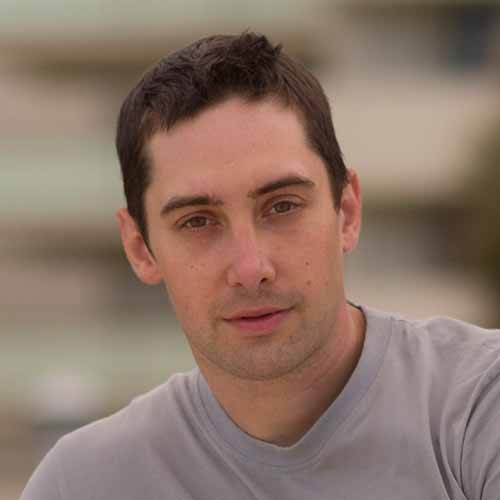

For twenty years, I lived with chronic Achilles pain. It started as a dull ache and grew into something that shaped my entire life. After decades of pushing it to the limit with martial arts, sprinting, and weight training, I finally learned how to fix my Achilles tendon — and it took only six months once I accepted the truth.
This is the full story and what finally worked.
My Achilles issues began in China at the Song Jiang Wushu School, about a month after training started. Every morning began with a 5K run, followed by endless jumps and sprints. Sometimes it felt more like track and field than martial arts. At first, the discomfort was mild — I could press on the tendon and feel some tenderness, but I ignored it. Over time, my body adapted to five hours of training, seven days a week, and it didn’t seem to get worse. At least, I didn’t notice it getting worse — because I stopped touching it.
Two years later, I looked in the mirror and noticed I was way too skinny. Damn! I had to start weight training again. A few months and thousands of eggs later, I had put on 15 pounds, but surprisingly, I jumped higher, ran faster, and my Achilles tendon felt stronger than ever. It was unbelievable — I could even massage it. Around the same time, I fell in love with sprinting. I was now doing wushu, weight training, and sprinting—with no pain.
After leaving China, I began my military service in Austria, where I was assigned as a ParSchütze—a heavy anti-tank infantryman. Carrying a 16 kg launcher, a rifle, and a 30 kg backpack through the snow in stiff boots didn’t help my Achilles. Since I refused to cut back my own routine for my beloved homeland, I decided to do both: my routine and theirs. I just had to wake up before everybody else.
Slowly, the pain came back—but this time as plantar fasciitis, which I didn’t realize was really part of the same problem. The military doctors gave me Diclofenac to mask the pain so I could keep marching, carrying their metal pipe through the snow. But as soon as the pills wore off, I was back to square one. Somehow, I learned to work around the pain with carefully crafted warm-ups and stretching routines, which I would keep long after my military service.
Years later, I decided to give sprinting another try when a friend invited me to a track meet. I ran the 100 m, 200 m, and a 400 m relay—all in a single day.
The next morning, I could barely walk. Both Achilles tendons felt like rocks. I’d faced acute inflammation many times before, and usually slowing down for a couple of days was enough. But this time, it was worse than ever.
Something had to change. I’d spent years flirting with the breaking point—always pushing, never truly healing.
First, I tried deep tissue massage—painful, and the relief never lasted. The therapist also recommended 20-minute ice baths, which turned out to be a huge mistake, as I believe the cold only caused some vein damage.
An ultrasound later showed inflammation and fluid buildup, but the tendon itself wasn’t as bad as I’d feared—probably because I hadn’t taken painkillers since the military.
The doctors passed me around: trauma specialist, vascular specialist, same advice every time—rest and pills. I didn’t want to take any pills, and rest was not what I was looking for.
Then I found TreatMyAchilles.com.
And no, this isn’t a sponsored mention — they just helped me more than anyone else ever did. I’ll share my full routine later.
Through Zoom, a physiotherapist analyzed my pain and how I moved and built a rehab plan tailored to me. They said I should not rest but I had to re-structure my workouts. And they didn't ask me to take any pills.
My biggest mistake? Overtraining.
I used to run, jump, and lift daily, stressing my calves in 10–12 calf workouts per week.
Even when I was tired or sore, I kept pushing. My tendons never got a real break. Not a single day in two decades.
You can’t fix your Achilles tendon if you keep overloading it. I had to understand that recovery is not weakness—it’s where healing happens.
And most importantly, I had to learn what a rest day actually is.
The key? Physical therapy replaces your workouts—it’s not an addition.
Less total volume, more focus on recovery and tendon health. That’s how I truly fixed my Achilles tendon.
Here’s what I believe accelerated my healing process:
It took me twenty years to wear down my tendons—but only six months to truly fix my Achilles tendons.
If you’re struggling with chronic Achilles pain, don’t give up.
You can fix your Achilles tendon with the right rehab plan, proper rest, and consistent habits. Forget miracle cures and focus on what your body actually needs: progressive load, movement, and patience.
After 20 years of pain, I’m finally pain-free.
And if I can fix my Achilles tendon—so can you.